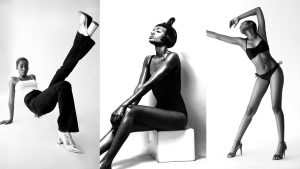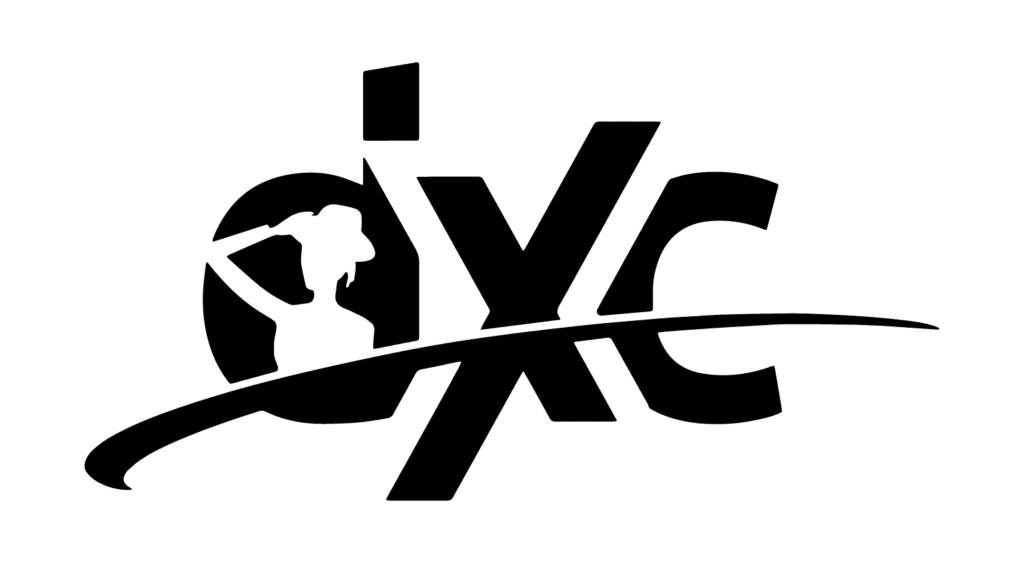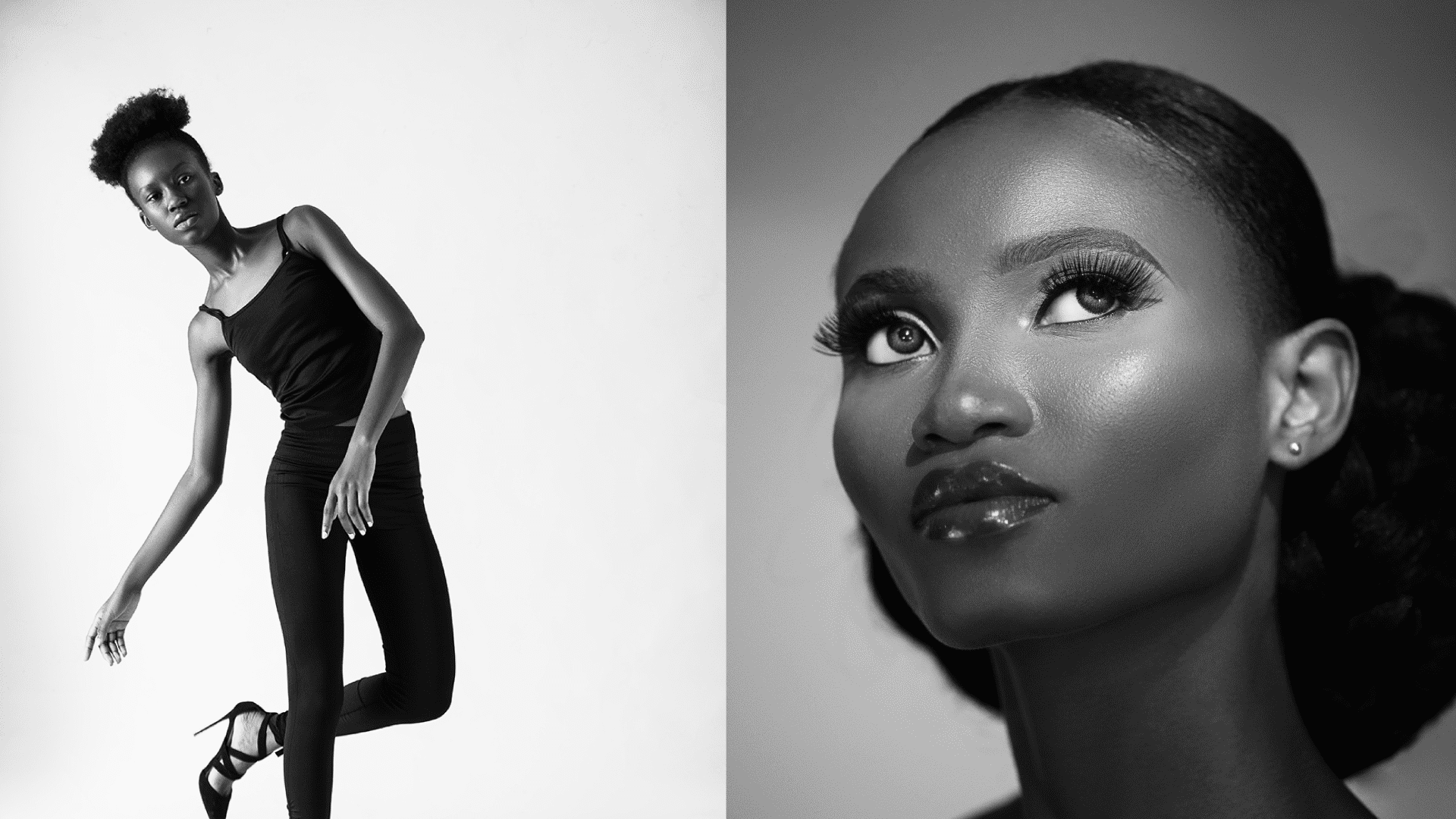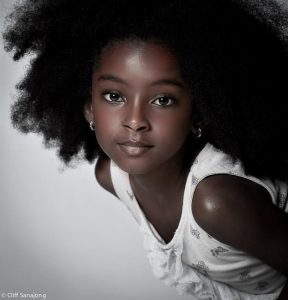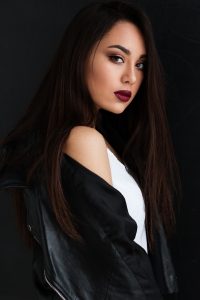The fashion modeling industry is a highly competitive sector with plenty of possibilities for those who are prepared to display their talents, charisma, as well as charm. Some modeling styles might work for you more than others, based on your goals, skills, and physical characteristics.
To assist new or seasoned models in sorting through the plethora of choices readily available, this article aims to offer a thorough summary of the different types of modeling found in the world of modeling. By exploring the many modeling possibilities, DXC Agency aims to help models make decisions that are in line with their objectives as well as interests.
Types & Categories of Modeling
When choosing a career path, models who wish to explore modeling usually take into account both their professional preferences along physical characteristics. The different types of modeling are listed below:
1. Editorial or fashion modeling: is a well-known subset of the modeling business that appears in prestigious magazines like Elle and Vogue. Fashion models display designer clothing at photo shoots, runway shows, and events. Physical qualifications include precise measurements for height, weight, and size in addition to a strong sense of fashion and self-assurance. This is a rich and prestigious career, but it also comes with a lot of pressure, hard hours, and travel.
2. Commercial modeling: entails the use of models of various ages, heights, and shapes in advertisements and commercials for a range of products. In contrast to fashion modeling, there are no rigid physical requirements. Effective communication, flexibility, good looks, and acting abilities are requirements for commercial models to succeed. Opportunities vary from lifestyle to healthcare modeling, which may provide a more consistent income than fashion modeling but may also yield less creative flexibility and recognition.
3. Editorial modeling: involves posing for pictures that go with magazine articles. Editorial models need to be able to express a wide variety of feelings and narratives in addition to having a unique and expressive appearance. In this recognized and artistic industry, keeping up with the most recent trends and topics in the business is essential. But there are also higher standards and requirements associated with it.
4. Body-part modeling: is a subset of the modeling business where product ads highlight certain body parts such as the feet, hair, eyes, hands, teeth, or legs. Part models must have perfect body parts, perseverance, and precision to display items such as jewelry, shoes, cosmetics, or dentistry products. Although it pays well and involves working with renowned businesses, it provides little exposure and a monotonous schedule of work. Because of their small physical stature, petite models often get gigs in this niche industry.
5. Fitness models: who are known for their athletic and toned physique, represent wellness-related products and lifestyles. They often come from athletic backgrounds and promote products like fitness centers and sporting equipment. Apart from their work as commercial models, they additionally maintain healthy lifestyles, understanding that a fulfilling job requires a commitment to a strict diet and exercise routine.
6. Glamour modeling: promotes sensuality and sexual appeal while targeting adult audiences with appearances in videos, calendars, websites, and periodicals. A sensual attitude combined with confidence and an appealing, voluptuous shape sets successful models in this field distinct from fashion models. Glamour models, who specialize in swimwear and lingerie, can become very famous and wealthy, but they also often face stigma and ridicule from the public.
7. Supporting diversity and body inclusivity: in fashion and commercial modeling requires plus-size modeling. Plus-size models are defined by size instead of exact measurements, and they usually begin at size twelve. They serve an important market of middle-class or upper-class customers. It takes a cheerful outlook and a full-figured, well-proportioned body to succeed in this industry. Even with efforts to debunk industry stereotypes, prejudice and discrimination toward plus-size models persist.
8. Child modeling: involves children under the age of twelve being hired to model for commercials, magazines, catalogs, or television programs aimed at families with young viewers. Kids who have personality, attractive looks, and the capacity to work effectively on set are sought after by agencies. For well-being, parental support is critical, and cooperation is vital. While being a child model can be enjoyable and provide significant experience, it is essential to strike a balance between job, school, and social life.
9. Petite models: who are usually 5’4″ and have a slim physique, respond to the needs of customers who have smaller frames, especially when buying clothes. They need charisma and a commanding presence. Because of their diminutive stature, petite models are more often hired for lingerie, swimsuits, and foot/hand modeling gigs than for catwalk appearances. They meet customer wants, but they also have to contend with industry regulations and tough competition.
10. Lingerie and Swimwear Modeling: In contrast with fashion models, lingerie and swimwear models usually possess a curvy and sensuous body. These models have a wide range of prospects outside of bikini modeling. They can be involved in the promotion of lingerie, underwear, nightwear, summer clothing, fitness gear, as well as other products that call for a toned figure. They can also serve as fit and showroom models for different brands.
11. Influencer modeling: uses the power of social media to market goods and services to a loyal base of online users. Gaining a significant and devoted fan base and having a unique and captivating personality are prerequisites for success in this industry. Although they have creative freedom, influencers have to cope with the difficulties of maintaining their online profile and responding to criticism from the public.
12. Catalog models: are chosen to appear in mail-order publications; these chances range from outdoor photo shoots for companies such as REI and L.L. Bean to inside photo shoots for medical catalogs in physician offices. The diversity of the industry offers commercial models an extensive variety of opportunities.
13. Pregnancy models: are in high demand since the baby as well as parenting industries always need people who are about to become parents to promote their companies. Look for modeling agencies that specialize in promoting pregnant models in commercials and television promotions.
14. Fit models: In the background, fit models assist fashion designers and apparel producers in making sure that garments are manufactured with precise sizing. Fit models might not be required to have a certain appearance, but they do need to follow standard measurements to have a successful career with constant job possibilities.
15. Mature modeling: serves those over thirty they are the models you see in advertisements, periodicals, and catalogs aimed at an older demographic. These models for commercials, who range in age from thirty to ninety, seem sophisticated and have a wide range of life experiences. They can have a long and fulfilling career in numerous commercial modeling activities if they keep up with market trends.
16. Promotional models: To promote products and services, promotional models take part in live events, trade shows, and conventions. They must have outgoing attitudes and in-depth knowledge of the products they promote. Their duties include everything from showcasing medical exhibits to interacting with visitors, directing them to the business’s stand, and offering details about the firm and the products it sells.
17. Catwalk or runway modeling: Is a reputable job that is often connected to high-end companies. It entails presenting on a small stage the newest clothes and accessories from designers. It takes a certain set of design, an unwavering dedication to work, walking confidence, and familiarity with fashion history to succeed in this very competitive business. To fit into designers’ apparel, female runway models tend to be no less than 5 feet, 9 inches tall, and have exact measurements.
18. Photographic models: are skilled at striking poses for pictures and need special photogenic traits. People might feel shocked by the makeup and styling changes, even if they think of themselves as simple. To improve a model’s photographic skills, modeling lessons with an agency usually involve training in makeup techniques as well as posing or acting for the camera.
19. Stock photography modeling: Posing for standard photos that stock photographers use in “test” photographs is known as stock photography modeling. These pictures are posted on stock photo websites so that companies can buy or rent them. Lack of control over the use of pictures and possible problems with future non-stock modeling prospects may make some models reluctant. Models should carefully analyze the terms of contracts with agency or legal representation, taking into account legal concerns such as noncompete agreements.
Conclusion
